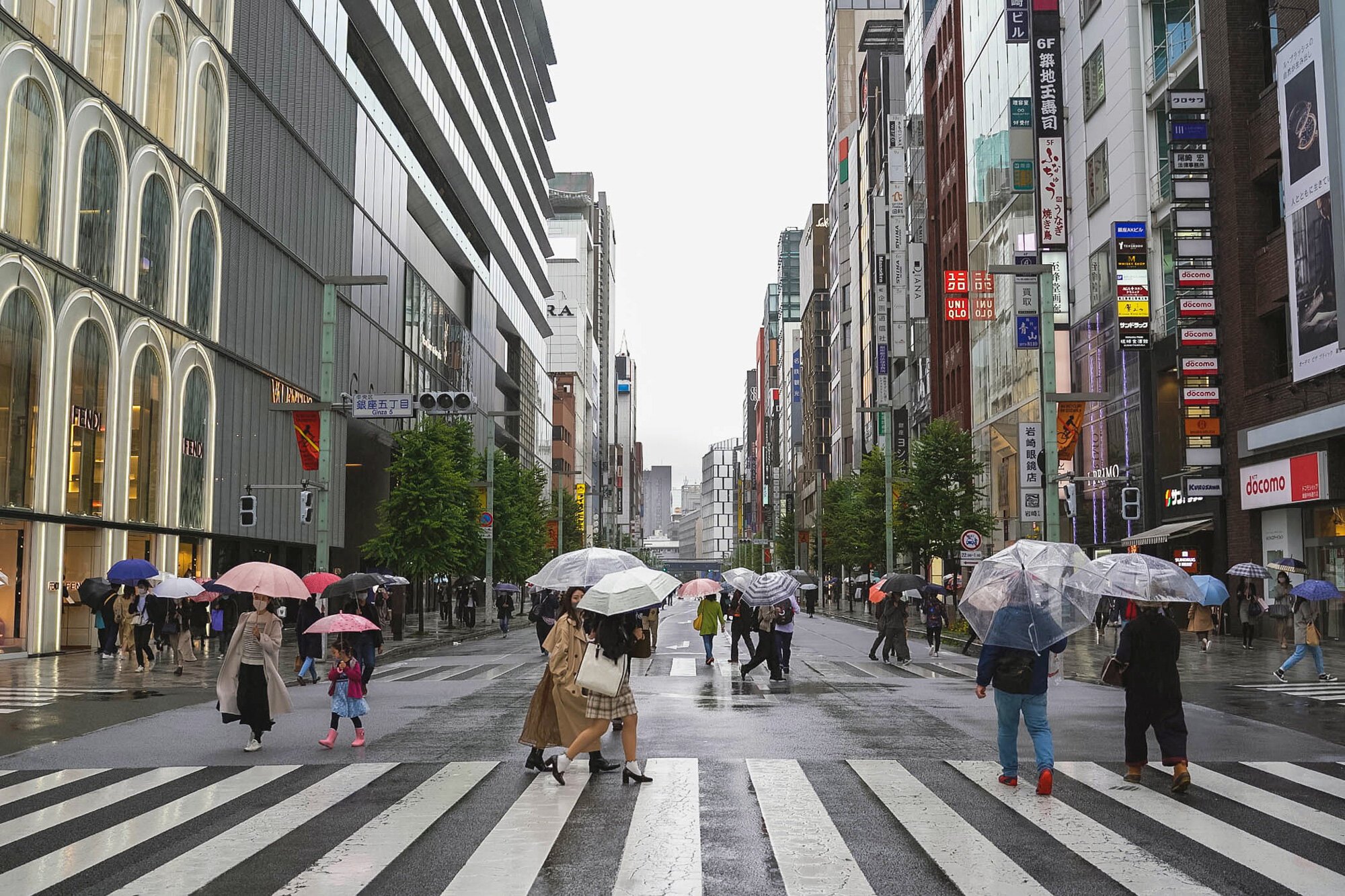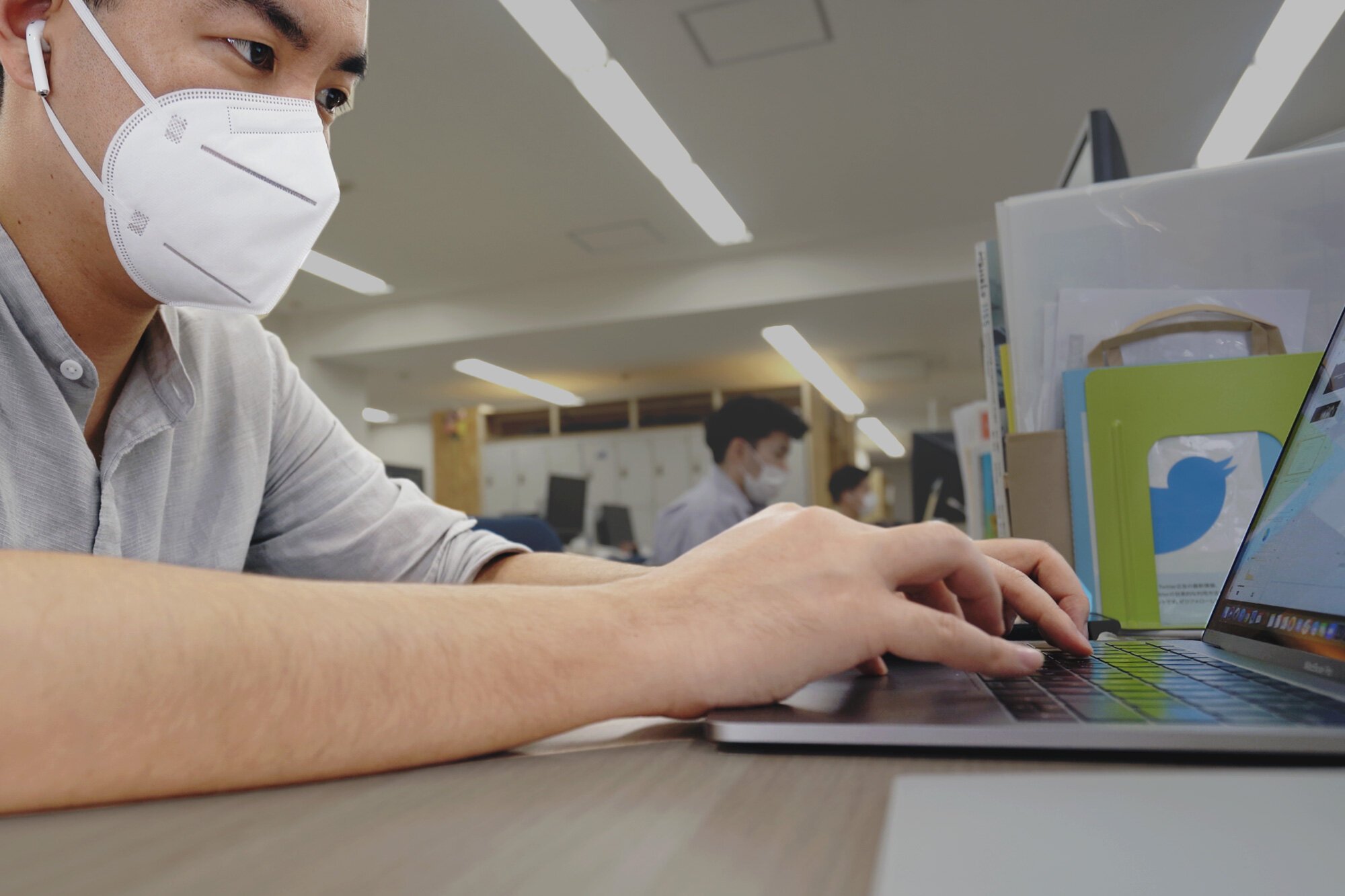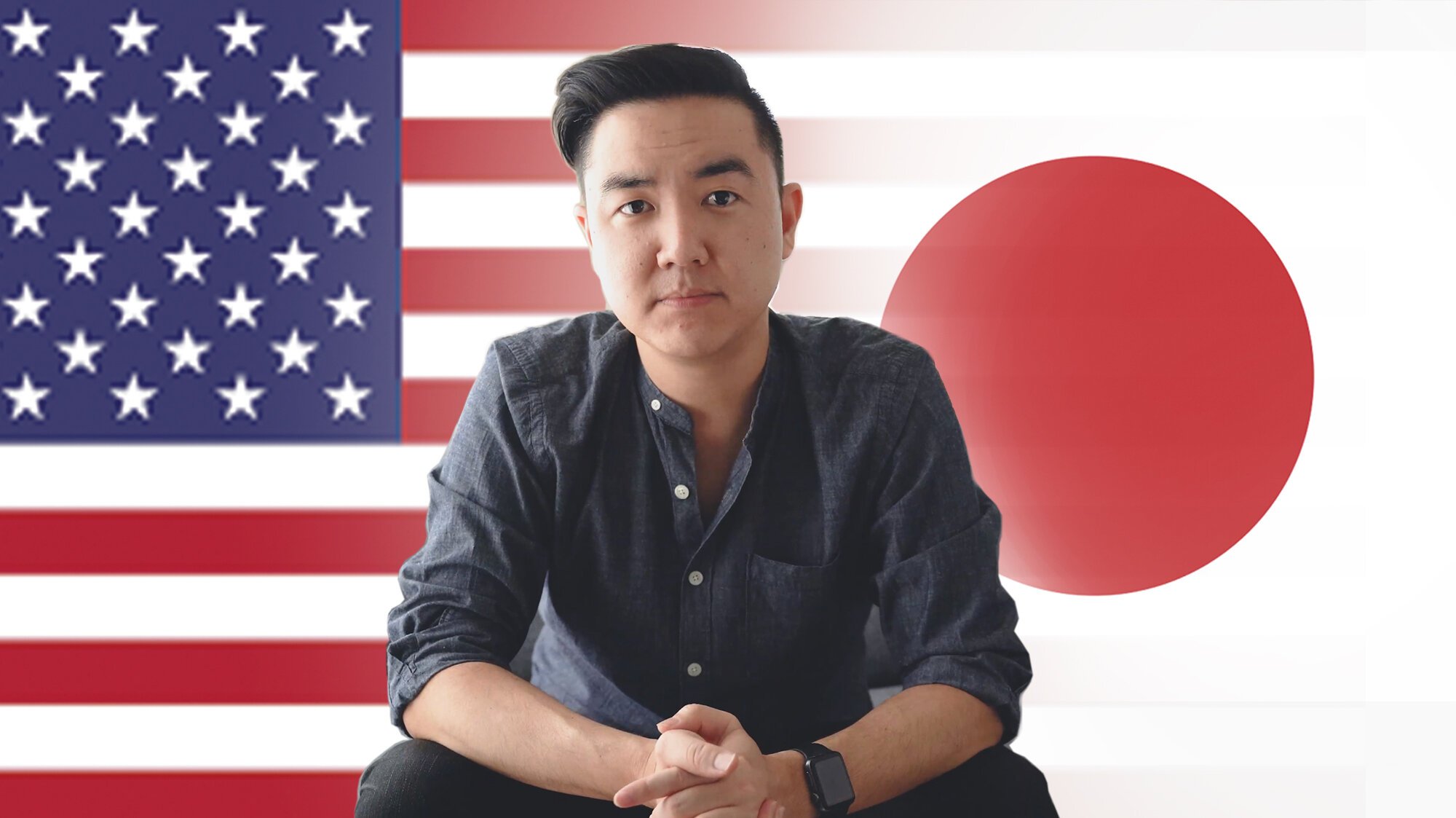New Year’s Differences: Japanese vs Japanese-American
Here’s how Japanese in Japan and Japanese-Americans in Hawaii celebrate Japanese New Year’s differently.
Unexpected Struggles Moving From Japan to the US
Here are a things you should know when it comes to moving out of Japan while trying to have an international life.
Initial Reverse Culture Shocks Moving From Tokyo, Japan to Hawaii, USA
These are the initial things that have caught my attention in this early phase of reverse culture shock returning from Japan to Hawaii.
What I Learned When Moving Out of Japan
Here are a few realizations and lessons I learned while going through the process of moving from Japan to the US.
Do Foreign English Teachers Actually Impact Japanese Students?
Do foreign English ALTs in Japan have meaning? I interview a few of my former students that I taught while on the JET Program.
What You Get in Tokyo for $1,800/Month
What is a typical 1-bedroom (1LDK) apartment in central Tokyo actually like? My approx. $1,800/month apartment in Setagaya, Tokyo.
What it's Like Doing a Marketing Pitch to the Tokyo Metropolitan Government
Tokyo Metropolitan Government pitches are unique. Here’s how they go, according to my experience.
Monthly Utility Costs in Tokyo
How much monthly utilities cost in Tokyo - comparing living as a single vs. couple.
How to Survive Summers in Japan
Summers in Japan are HOT. Here are a few everyday things that can help you survive summers in Japan.
Tokyo Olympics 2020: What it's Been Like Living in Tokyo
My experience living in Tokyo as it prepares for the Olympics and fights the Covid-19 pandemic.
Japanese-Americans: 4th vs. 2nd Generation
A conversation revealing differences between 2nd and 4th generation Japanese-Americans.
A Juice Brand Meant to Help Farmers in Japan
Tasting The Fruits Company, a Japanese DTC brand aiming to turn wasted fruits into 100% fruit juice.
Japanese Health Checks with Socialized Health Insurance
Annual health checks are done each year when working in Japan, a country with socialized health insurance. Here's what it’s like.
Life in Tokyo as of October 2020
Life in Tokyo in as it tries to get things moving again and edge towards “reopening”. Virus cases, mask wearing, travel, business, and overall people sentiment.
Making Sukiyaki with Real Wagyu
Making Kansai-style sukiyaki, different from typical sukiyaki, with delicious Japanese Wagyu beef.
Shopping at Costco Japan
Wagyu steaks and bulgogi bakes are just a few of the added benefits for expats who love shopping at Costco in Japan.
First Day Back in the Tokyo Office After Lockdown
What it’s like to go back to work in Tokyo after the COVID-19 / Coronavirus pseudo-lockdown.
Living in Japan as a Japanese-American
My experience living in Japan as a Japanese-American, both in the countryside and in the city.
Working in Japan Can Be Lonely
Due to language, cultural and mindset barriers, working at a Japanese company as a foreigner can be unintentionally lonely at times.
Working From Home in Tokyo
A look at working from home in Tokyo, as the city is now in a quasi-lockdown and tries to reduce person-to-person contact by 70%.



















